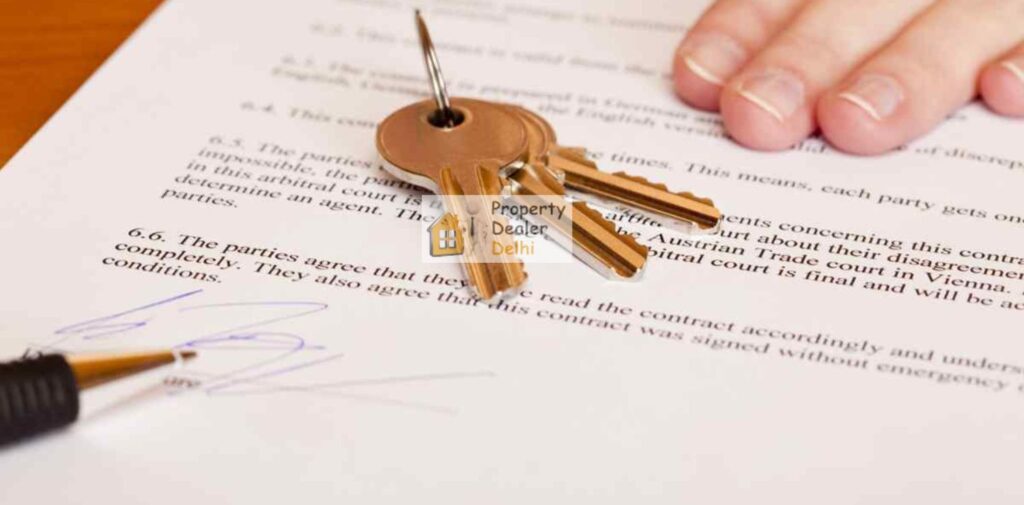
Buy property in Delhi is a dream for many people, but it can also be a complicated process if you don’t know what to expect. Whether you’re looking for a home for yourself or an investment opportunity, understanding the steps involved will make the entire process easier and more efficient. Here’s a simple, easy-to-follow guide to help you through the process of buy property in Delhi.
1. Research the Market and Choose the Right Location
Before making any decisions, it’s important to start by researching the real estate market in Delhi. The city has various localities with different price ranges, amenities, and infrastructure. Some areas are well-known for luxury properties, while others offer more affordable options. Depending on your budget and requirements, you should decide on a location that suits your lifestyle and preferences.
Popular residential areas in Delhi include South Delhi (like Greater Kailash, Saket, and Vasant Kunj), Central Delhi (like Connaught Place and Karol Bagh), and the more affordable locations in East, North, and West Delhi. Consider factors like proximity to your workplace, schools, hospitals, and public transport when choosing the location.

2. Set a Budget and Secure Financing
Once you have shortlisted a location, it’s time to set a budget. Your budget should include the cost of the property, registration fees, stamp duty, legal fees, and any renovation or maintenance costs if applicable. The total cost of buying property can add up quickly, so it’s crucial to have a clear idea of how much you’re willing to spend.
If you do not have the entire amount upfront, you may need to apply for a home loan. Many banks and financial institutions offer home loans for Buy property in Delhi. The loan amount will depend on factors like your income, credit score, and the property’s value. Make sure to compare interest rates, loan terms, and repayment options from different lenders before making your decision.
3. Verify the Property Legality and Documentation
Before you finalize the purchase, it’s crucial to ensure that the property has all the required legal approvals. Verify that the property has a clear title, meaning the seller has the legal right to sell it. Ensure the property is free from disputes and does not have any unpaid dues, such as taxes or loans.
Ask for essential documents like the sale deed, land title, possession certificate, and the builder’s NOC (No Objection Certificate) if applicable. For newly constructed properties, check the building approval plan and occupancy certificate. Additionally, make sure the property has been approved by the relevant authorities and is part of the approved zoning area.
4. Make an Offer and Negotiate the Price
Once you’ve verified the property’s legal standing and are satisfied with your findings, it’s time to make an offer to the seller. Negotiation is an important part of buying property, and in most cases, the price can be negotiated to some extent. It’s wise to research the prevailing market rates in the area so you can make an informed offer.
Keep in mind that the seller may try to push for a higher price, but if you have done your homework and know the fair value of the property, you can negotiate a reasonable deal. You can also hire a real estate agent to help with the negotiations if you’re unsure.

5. Execute the Sale Agreement and Pay the Deposit
After both parties agree on the price, the next step is to sign a sale agreement. This document outlines the terms of the sale, including the price, payment schedule, possession date, and any other specific conditions. Both the buyer and seller should carefully read through the agreement before signing it.
Once the sale agreement is signed, you’ll need to pay a deposit, which is usually 10% of the total property value. This deposit shows your commitment to the deal and secures the property until the full payment is made.
6. Complete the Payment and Transfer Ownership
Once the deposit is paid, the remaining balance is usually settled via a bank transfer or loan disbursement. You will need to pay the full price of the property before the transfer of ownership can take place. Once the payment is made, the buyer and seller will sign the final sale deed in the presence of a notary.
The sale deed is then registered at the local sub-registrar office to complete the transfer of ownership. Both parties must be present at the registration office, along with two witnesses. Once the deed is registered, the buyer becomes the legal owner of the property.
7. Pay Stamp Duty and Registration Fees
In Delhi, stamp duty is a mandatory fee that you must pay while registering the property. The stamp duty varies based on the property value, and it can range from 4% to 6% for men and 2% to 4% for women in Delhi. In addition to stamp duty, there are registration fees, which are usually 1% of the property value.
These fees must be paid to the government at the time of registration, and you’ll receive the official registration receipt as proof of ownership.
Conclusion: Buy Property in Delhi
Buy property in Delhi may seem overwhelming, but by following these simple steps, you can make the process smoother and more manageable. Start by researching the market, setting your budget, and ensuring that the property you choose has all the necessary legal documents. Once you’re ready, make an offer, negotiate the price, and complete the necessary paperwork to transfer ownership.
By staying informed and following the correct procedures, you can successfully buy your dream property in Delhi and enjoy the benefits of owning a home or investment in this vibrant city.

